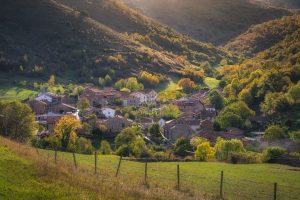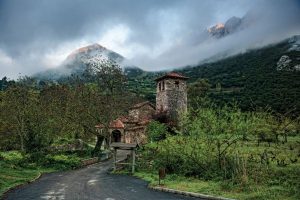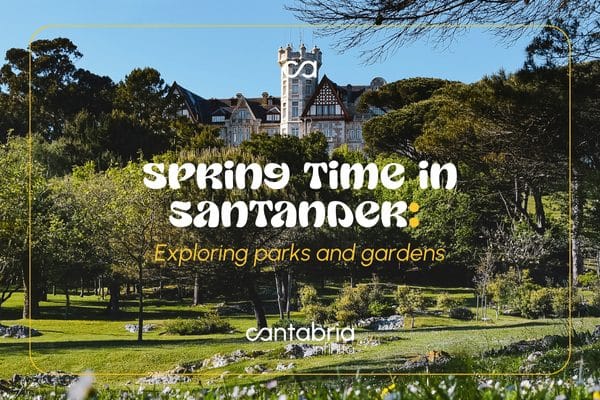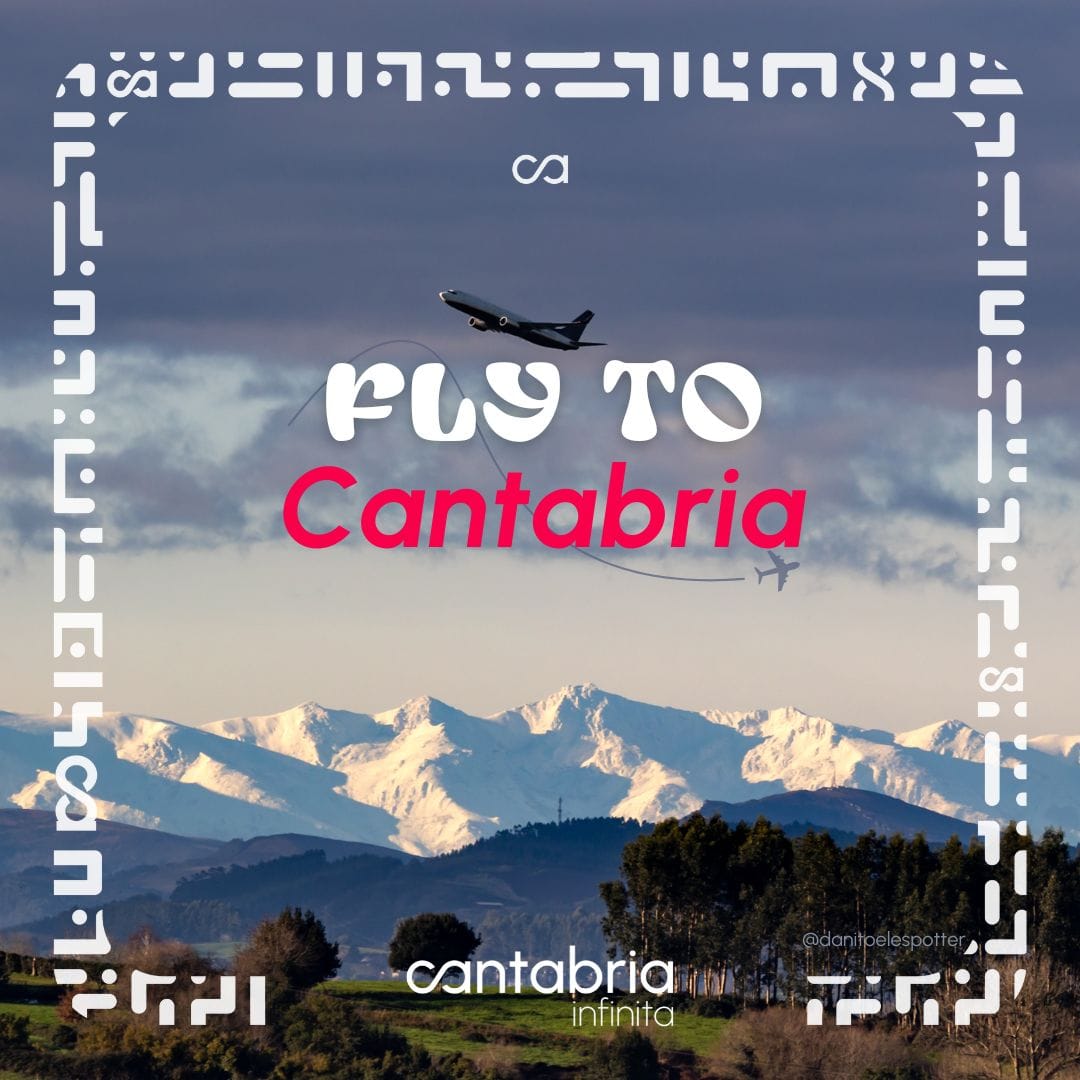Second stage of the Lebaniego Way
Continuing on from the blogposts of the Lebaniego Way by stages to, in three blog entries, travelling the 72 kilometres which stand between San Vicente de la Barquera from the Monastery of San Toribio de Liébana.
Today we venture into the second stage of the Lebaniego Way, whose main features are the beauty of its nature, its rich heritage and the physical demand required to travel the more than 30 kilometres which make it up. So, replenish your backpacks with food and water as we depart from Cades to Cabañes. Are you coming along?
This stage is, as we have already mentioned, the longest and most demanding of the three which make up the Lebaniego Way. Its numbers speak for themselves, 30.53 kilometres and an altitude difference of 1,525 metres. The difficulty of the stage prompts many people divide it in two: Cades-Cicera and Cicera-Cabañes. In both locations there are hostels, so the splitting of the Way into these two sections is perfectly doable, as it has the necessary services. But if something clearly defines this stage, beyond the toughness, is its majestic surroundings, as it runs through forest trails and mountain roads with very steep slopes. And, as it is often said, efforts are rewarded, which in this case is glimpsed in the scenic beauty of the route that the pilgrim will pass through on his/her walk. In addition, finding along the way true heritage gems such as the Church of Santa Juliana in Lafuente and the Church of Santa María in Lebeña, among others.
Let’s set off our stage and we will show you what you can look forward to so that you can be well prepared. Starting at the exit of the Puente El Arrudo Hostel, where we finished the previous stage. From here heading towards the village of Lafuente. This road has no hard shoulder, but there are «crossing pilgrims» signs every so often, all the same, it is important to be vigilant and cautious. The flora on both sides of the road will be with us until Sobrelapeña, the point at which we will take the detour to Quintanilla. In this detour (1.5 kilometres in total round trip) there is a shop and a bar. It can be done either this way, going off road, or from Quintanilla in a V-shape to retake the road back to Lafuente, where one of the crowning jewels of Romanesque art in Cantabria can be found: The Church of Santa Juliana, declared of Site of Cultural Interest. It is the only example of Romanesque art in the entire area of Nansa, hence the great importance of this church.
In Lafuente, without passing through the village, 50 metres from the Church of Santa Juliana, there is an arrow indicating the ascent to the next village, Burió. Walking uphill and then continuing towards Collado de Hoz, with a panoramic view of the beautiful Lamasón Valley, from where we commence descending 1.8 kilometres until Cicera.

Once in Cicera, a highly recommended option is to visit the Santa Catalina Viewpoint, which is approximately 3 kilometres away. The first kilometre is the very exit of the village that places us in the ascent to the viewpoint. The other two kilometres run along an idyllic path in which, to add more interest, figures of Cantabrian Mythology have been recreated: the mythological trail of Monte Hozarco mountain. At the end of the route, there is a spectacular balcony which enables one to that allows us to enjoy extraordinary views of the Picos de Europa and part of the Hermida Gorge.
From the viewpoint there are two options, either go back to Cicera and rest in its hostel – those who wish to split this stage in two – or continue on the road towards Lebeña. To reach this town, we run for 9.6 kilometres through a forest of oak and beech trees with ancient specimens and, in season, mushrooms of all kinds can be found. It is important that if you are unfamiliar with the world of mushrooms, don’t be tempted to pick or taste the specimens you see on your route, since among those that are usually found in this area, it is the cause of almost all the deaths, especially the amanita phalloides mushroom.

Arriving at the town of Lebeña, which holds one of the jewels of Spanish pre-Romanesque art, the Church of San María de Lebeña. Built in the 925, Lebeña is considered the main pre-Romanesque monument of Cantabria and one of the best testimonies of this trend in Spain, framed within the so-called Mozarabic art. This church, is well worth a visit and a look, has an interesting associated legend. It is said that the Count of Lebeña Don Alfonso planted a yew tree in that site, in reference to his ancestry from northern lands and that, furthermore, represented the sacred tree of the Cantabrians, whose poisonous leaves were used since the times when the Cantabrian warriors faced the Roman army. His wife, Doña Justa, brought with her an olive tree which symbolised peace and, in the same manner, her origins from the southern lands. Both trees intertwined their branches and personified the union of the counts, north and south, war and peace.
After visiting Lebeña, we continue our journey to Allende by road and then uphill towards Cabañes until reaching our destination the hostel of this town, which is the first building we find on our right. That will be our goal and therefore finish the second stage of the Way.






